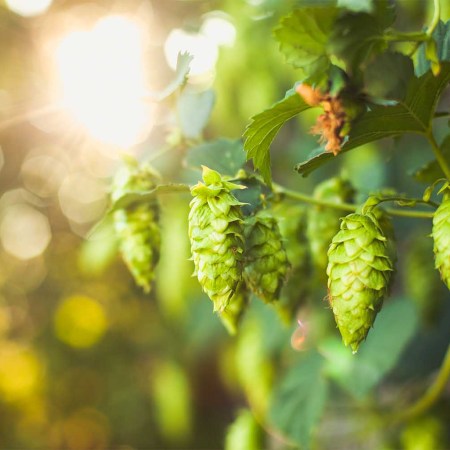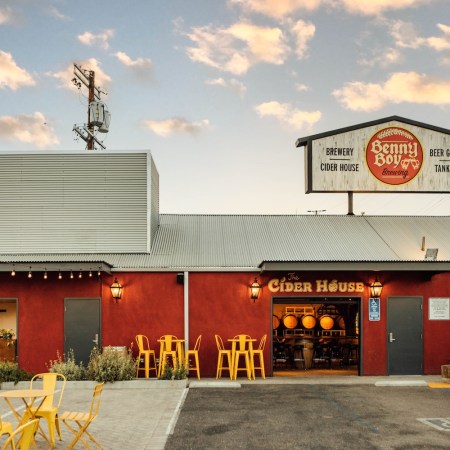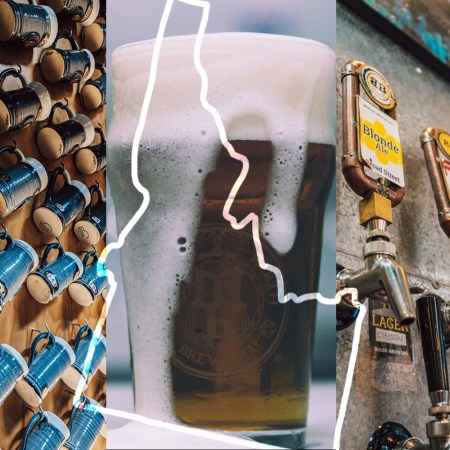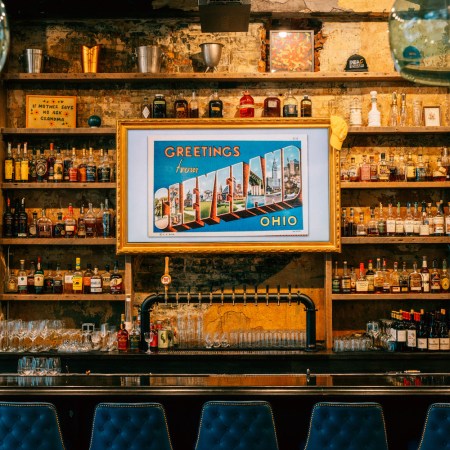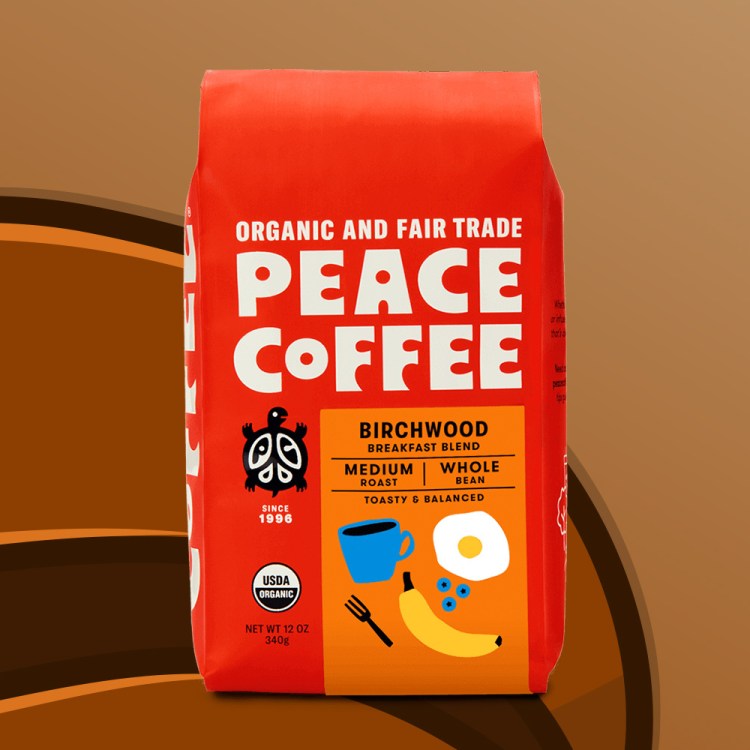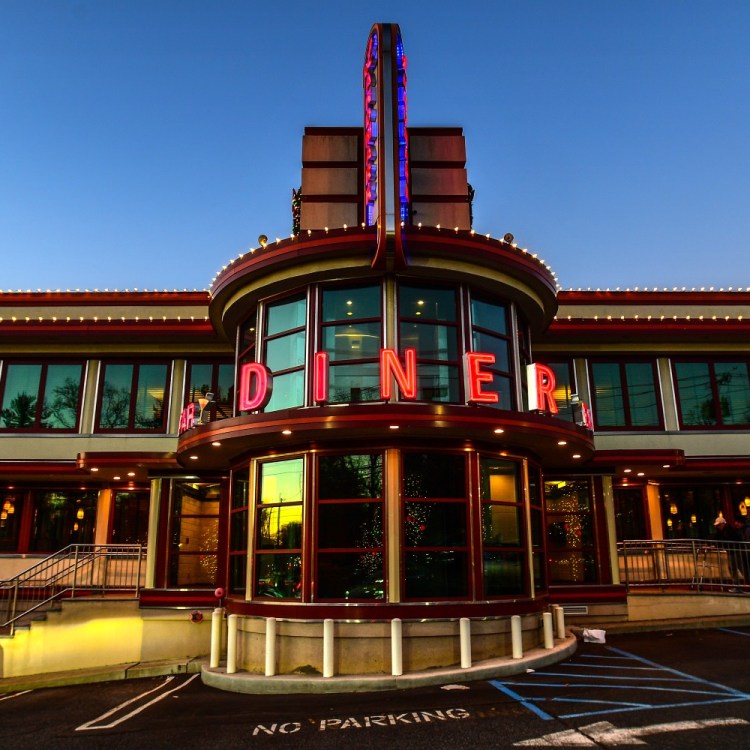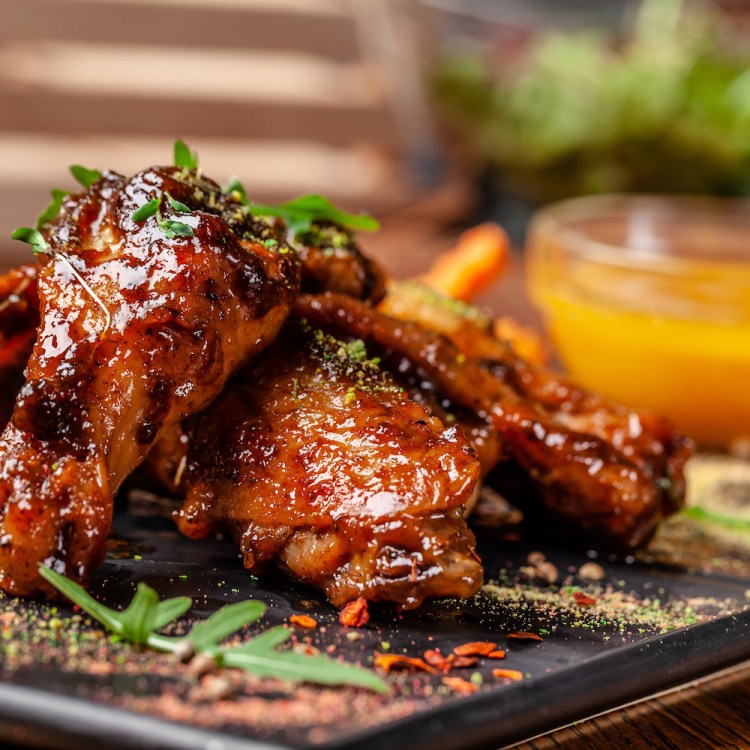This March, NPR reported that more than 95% of America’s 5,300 breweries identify as so-called “craft breweries.”
That number included names like Chicago’s Goose Island, San Diego’s Ballast Point and the Bay Area’s Lagunitas — all of whom have been bought out by big conglomerates in recent years. Just this May, Anheuser-Busch acquired Asheville’s Wicked Weed, sending another tremor down the fault line between America’s small indie breweries and “Big Beer.” More will surely follow.
Which begs the question: What the hell does craft beer even mean anymore?
Luckily, there’s a craft beer trade group out to fix all that. They’re called the Brewers Association, and this week, they announced an official “Independent Craft Brewer Seal,” a free licensed logo — it takes the form of an upside-down beer bottle — that brewers can add to their packaging (think of it as a Made in America Movement for beer).
In a blog post explaining why Dogfish Head Brewery will be donning the seal of approval, founder Sam Calagione wrote that the logo will “serve as the definitive icon for American craft breweries to identify themselves to be independently-owned and to continue to carry the torch of transparency, brewing innovation and the freedom of choice originally forged by our communities pioneers.”
But that still doesn’t answer the question: What makes “craft beer”? It turns out the guidelines are reasonable, as defined by the Brewers Association. To get a seal, a brewery must meet this criteria:
- They must have an annual production of 6 million barrels or less (approximately 3 percent of U.S. annual sales).
- Less than 25 perfect of the craft brewery can be owned or controlled by a beverage alcohol industry member that is not itself a craft brewer.
- And they also must be “traditional,” meaning a brewer that has a majority of its total beverage alcohol volume in beers, and whose flavor derives from traditional or innovative brewing ingredients and their fermentation.
There are a few more industry guidelines, but as a consumer, you needn’t worry about those. While it does help clear the air, there are still a few gray areas. A perfect example: Brooklyn Brewery, the largest New York state-based craft brewer. In 2016, 24.5 percent stake of the company was sold to the Japanese conglomerate Kirin Holdings. So yes, they just get by, but then comes the moral issue: Should a craft brewery be 100 percent independently owned? And if not, what are they using that investment money for?
But here’s the thing: there’s no way you can look at the Independent Craft Brewer seal and not think it’s a step in the right direction. And remember: this is not about good versus evil. This is about taking the necessary steps toward transparency.
I recently sat down and chatted with Michael Kiser, the industry vet and beer writer who founded Good Beer Hunting, and he gave me the best definition of “craft beer” I’ve heard yet:
“I think craft beer wins when we have a customer who cares as much about what’s in the bottle as much as they do about who and what’s behind it. I don’t think it’s a choosing-sides thing anymore between big and little.”
That, folks, is what it’s all about. We’ll be looking for an upside down beer seal from here on out.
Join America's Fastest Growing Spirits Newsletter THE SPILL. Unlock all the reviews, recipes and revelry — and get 15% off award-winning La Tierra de Acre Mezcal.
